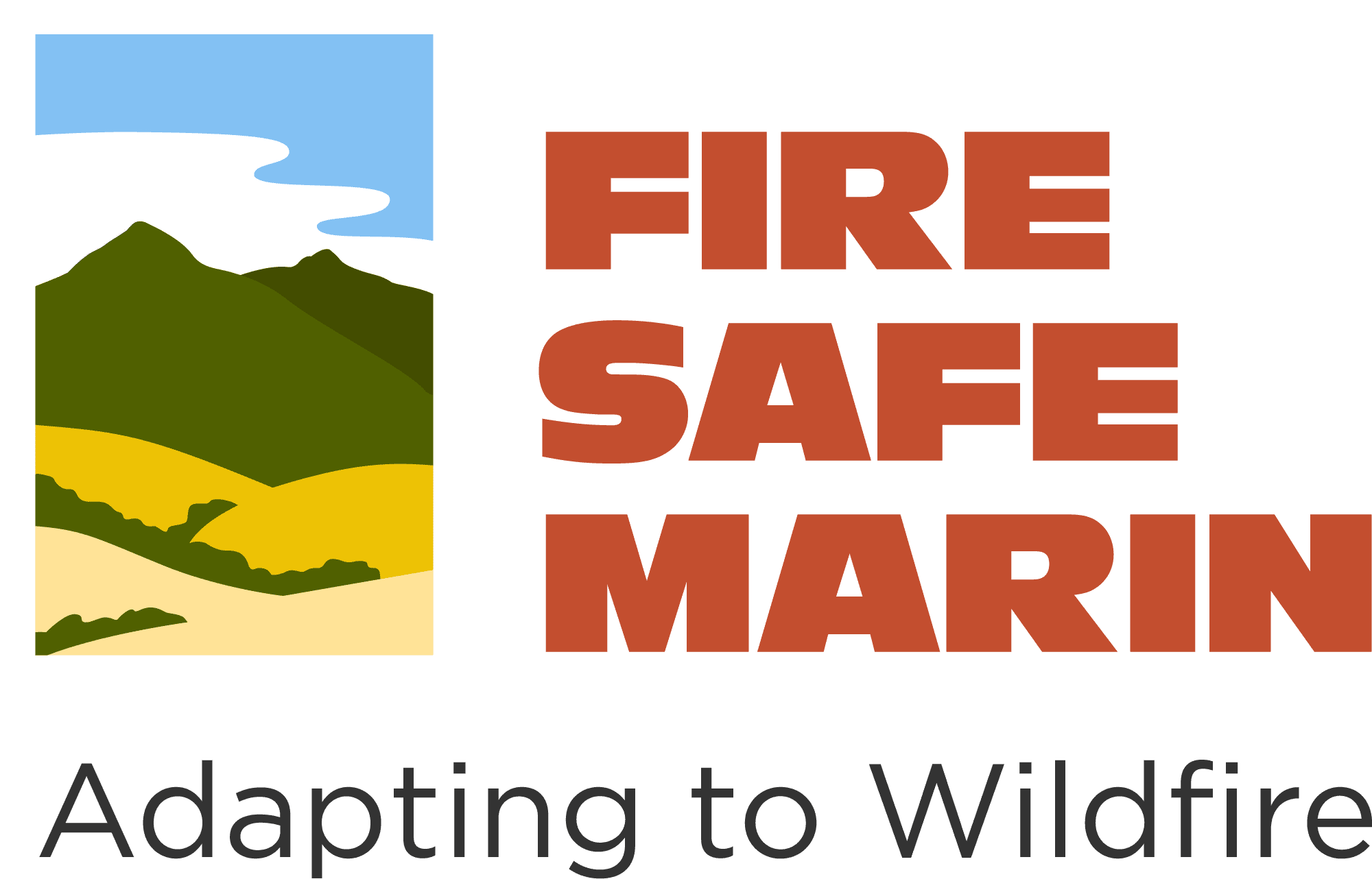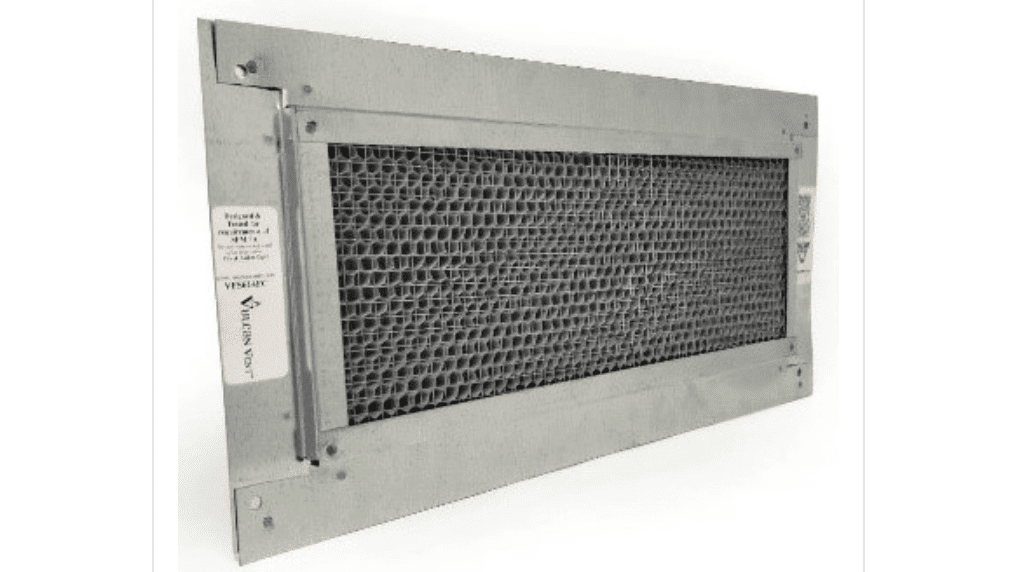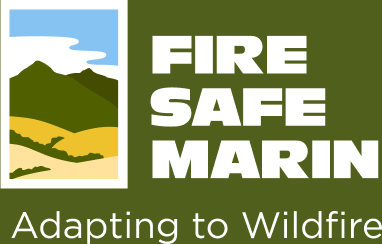Below are some of the most common questions we get about vents. If you need more specific advice, feel free to email info@firesafemarin.org.
When I went to purchase a Vulcan vent (or Brand Guard vent, Embers Out vent, etc.) I was told that contractors are not recommending this product or others like it because it does not really allow for airflow and that it is not correctly engineered. I was told this by the person selling the product; is that correct?
This is incorrect – a half-truth at best. Some modern houses are engineered to require a precise amount of ventilation. Most homes in Marin are much older, and their vent openings were not calculated so precisely (if at all). If you have a brand new home that had the ventilation calculated exactly to the square inch, then it’s true, these vents might reduce airflow and require a small number of additional vents to be installed to bring the airflow back up to where it was. Keep in mind that many of these newer homes ALREADY HAVE EMBER RESISTANT VENTS, since these vents have been in common use since 2008 on new construction.
So, yes, these vents may move slightly less air than older vents. Many homes have more than adequate airflow, so it’s not going to cause problems. If there were inadequate airflow, it’s usually quite easy to add additional vents to make up for the reduced flow through ember-resistant vents. We strongly recommend that these vents be installed on all homes in Marin’s WUI and adjacent areas – they are approved by the State Fire Marshal, and any contractor that recommends otherwise is likely just unfamiliar with them or unwilling to do the extra work to add new ventilation.
Bottom line: ember and flame-resistant vents and vent covers save homes. Install them.
I am considering backing up my ⅛ – inch vent screens with 1/16 – inch screen. However, I am concerned about the resulting decrease in airflow.
Are you considering additional screening for attic and crawl space areas? Particularly in the more temperate climates where we live, attic spaces are typically warm spaces and therefore dry spaces, so some decrease where airflow is otherwise currently adequate shouldn’t be a problem. Moisture-related degradation problems could develop should a roof leak occur, but if that were to happen, even ventilation to code may not be sufficient. With crawl spaces, it would depend on soil moisture conditions, but there are other mitigation strategies that could be used in crawl spaces that could dramatically reduce the amount of required venting. For both attics and crawl spaces adding vents is always an option, although usually not a very satisfying one. You will note that in the IBHS NFPA one-page document here:
https://www.nfpa.org/-/media/Files/Firewise/Fact-sheets/FirewiseFactSheetsAtticsCrawlSpaces.ashx
1/8 – inch mesh is recommended. This size is much better than 1/4 – inch in reducing the number and size of embers, and not quite so hard to become plugged with wind-blown debris. Stephen Quarles, Ph.D. prepared this document when he worked for IBHS and based the recommendation on experiments conducted on the vulnerability of vents to the entry of embers. For both attics and crawl spaces, we suggest that you determine if combustibles (for example, boxes of stuff, magazines) are generally stored there. This would make ignition from ember entry more likely. It would also be helpful to know the type and location of the vents in question. Vents were more or less vulnerable to ember entry depending on these factors.
Is the cost of these ember and flame-resistant vents worth the money?
One-eighth inch mesh screening is much less expensive than any of the California-approved fire and ember-resistant vents. The question is how likely is it that a particular vent location will experience a flame impingement exposure. If that location is likely to see flames, then the cost of the flame and ember-resistant vent would likely be considered a good investment, even at $40 per vent. But, if the vent is only likely to see embers, mesh alone would be adequate, assuming easy-to-ignite materials were not stored on the inside of the vented space and close to the vent (cardboard boxes stored in the attic, etc.). Screening minimizes the size and number of embers that can potentially pass through the vent, but it won’t stop them completely. Embers that pass through 1/8 – inch mesh screening have sufficient energy to ignite finer fuels, but they (the embers) need something on the interior side to allow enough of them to accumulate in one spot.
These are vents that could be expected to see flames:
- Through-roof vents (off-ridge or ridge) that have a propensity to collect needle and/or leaf debris at the inlet to the vent. Embers can ignite this debris, and flames impinging on the vent inlet could be expected.
- A gable end vent on an exterior wall with combustible siding material. If the siding ignites, flames could travel up the wall to the vent and under-eave area. This vertical/lateral flame spread to reach the vent can happen faster than the fire can burn through the siding and sheathing. You will have to judge how likely it will be that the siding will ignite. Does the home have a good defensible space, including near-home zones (horizontal and vertical)? If “yes”, then maybe embers are the only thing the vent will have to resist. Is a neighboring home within 35 (or so) feet? If “yes”, then that home may be the threat if it ignites.
- Vents in the blocking of open-eave construction (see explanation above).
- A crawl space vent, particularly if the near-home (zero) zone has a lot of combustible materials in it.
Vents that present an opening that is perpendicular to wind-flow (e.g., a gable end vent, vents in the blocking of open eave construction, crawl space vents, “dormer” style off-ridge through roof vents) are vulnerable to the entry of embers. Vents that present an opening that is parallel to wind flow (for example, a vent in soffited-eave construction) are less vulnerable.
In experiments conducted at IBHS, both Vulcan and Brandguard brands performed better than their mesh equivalent in resisting the entry of embers. Vulcan incorporates a 1/16 – inch mesh screen in their design. Brandguard uses a 1/8 – inch diamond mesh screen in their design. Embers Out vents weren’t on the market at the time, so that brand was not incorporated into the experiments. Knowing how the Embers Out vent is made, and materials used, we would expect it to do a very good job resisting ember entry. IBHS did not evaluate flame resistance during these experiments.
To learn how to retrofit your vents, check out this DIY video!








